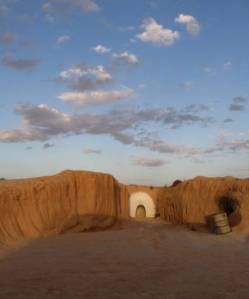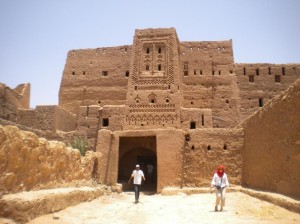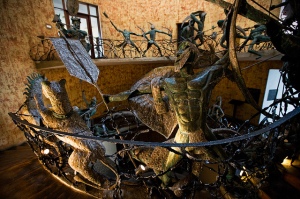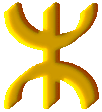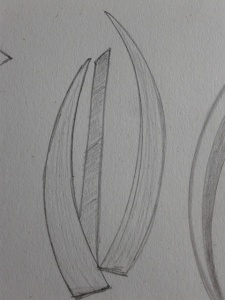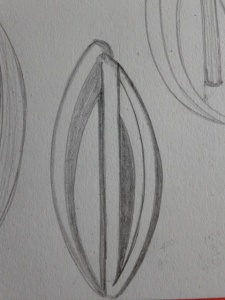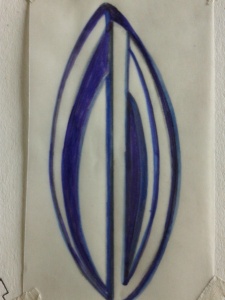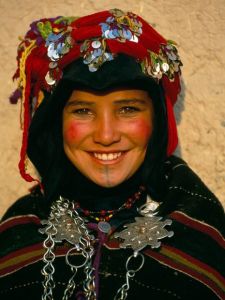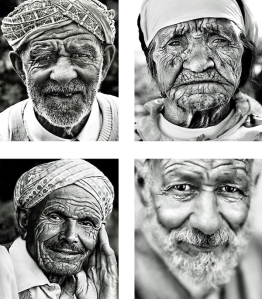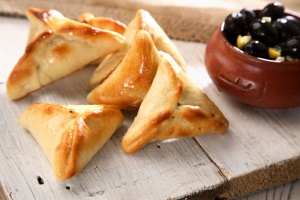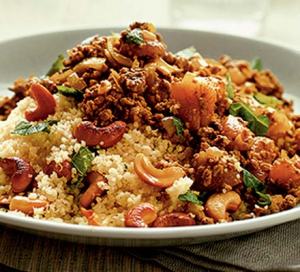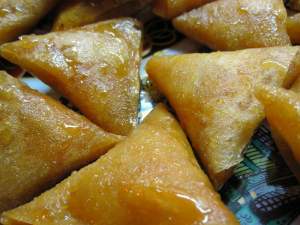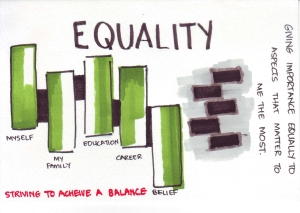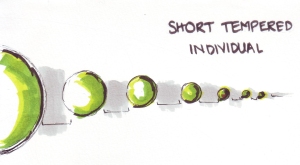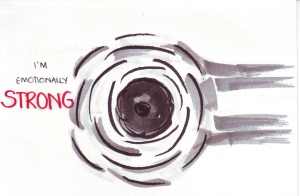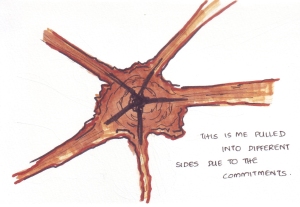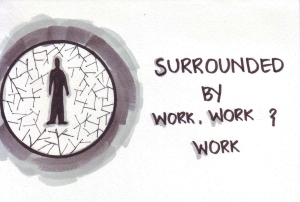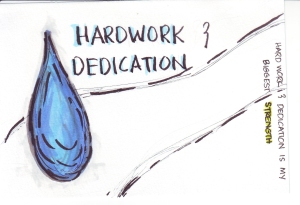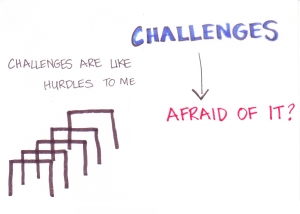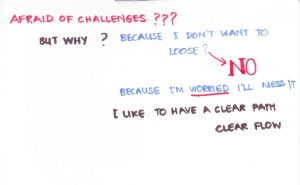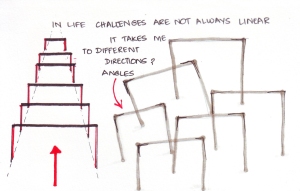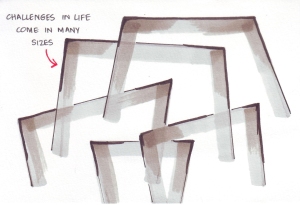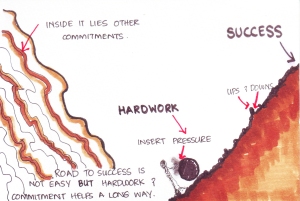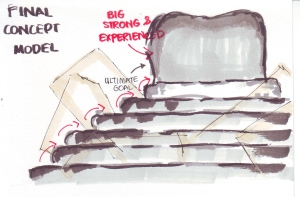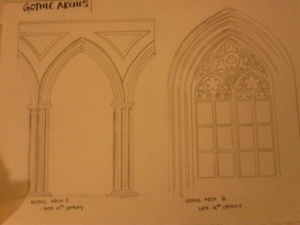VARIOUS VIEWS OF BERBER HOUSING MADE OF MUD
For thousands of years, mud has been used as building material because it’s cheap, widely available and durable. Although many question its durability, there are numerous ancient mud buildings which have withstood the test of time. Mud construction is also an extremely environmentally-friendly method as it creates little waste, there is minimal energy consumption (mostly in the construction and transportation process), and it is easy to maintain and recycle.
Whilst these mud buildings may seem like something of the past, they are in fact increasingly considered as options for low-carbon and low-cost construction. As well as having a small footprint, mud structures have been shown to reduce energy consumption as they are able to regulate temperature.
Hopefully mud architecture will not only decorate our past, but our future too.

